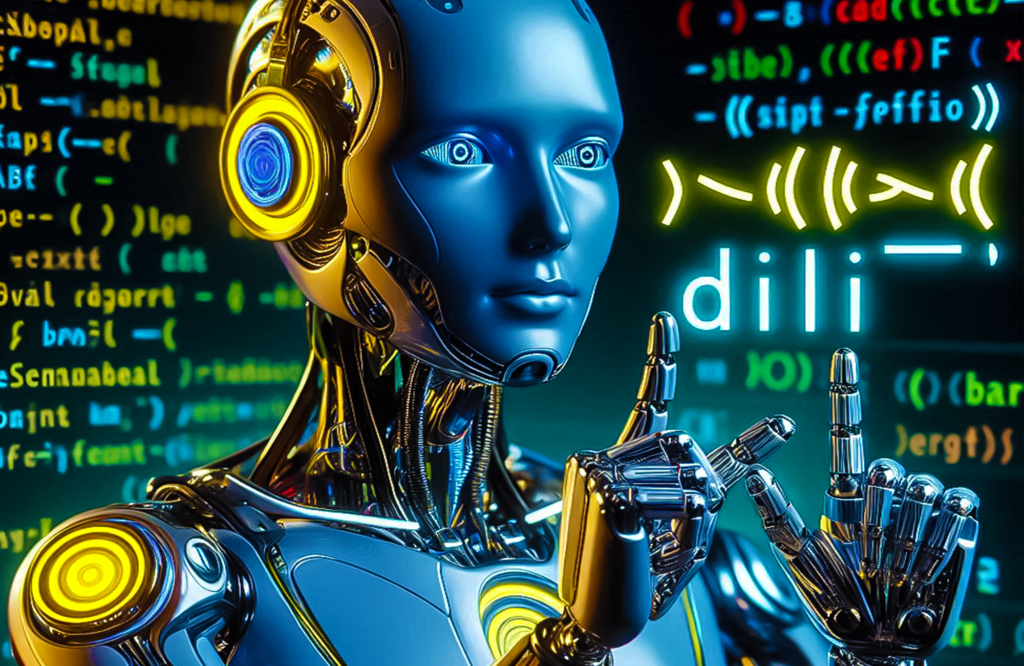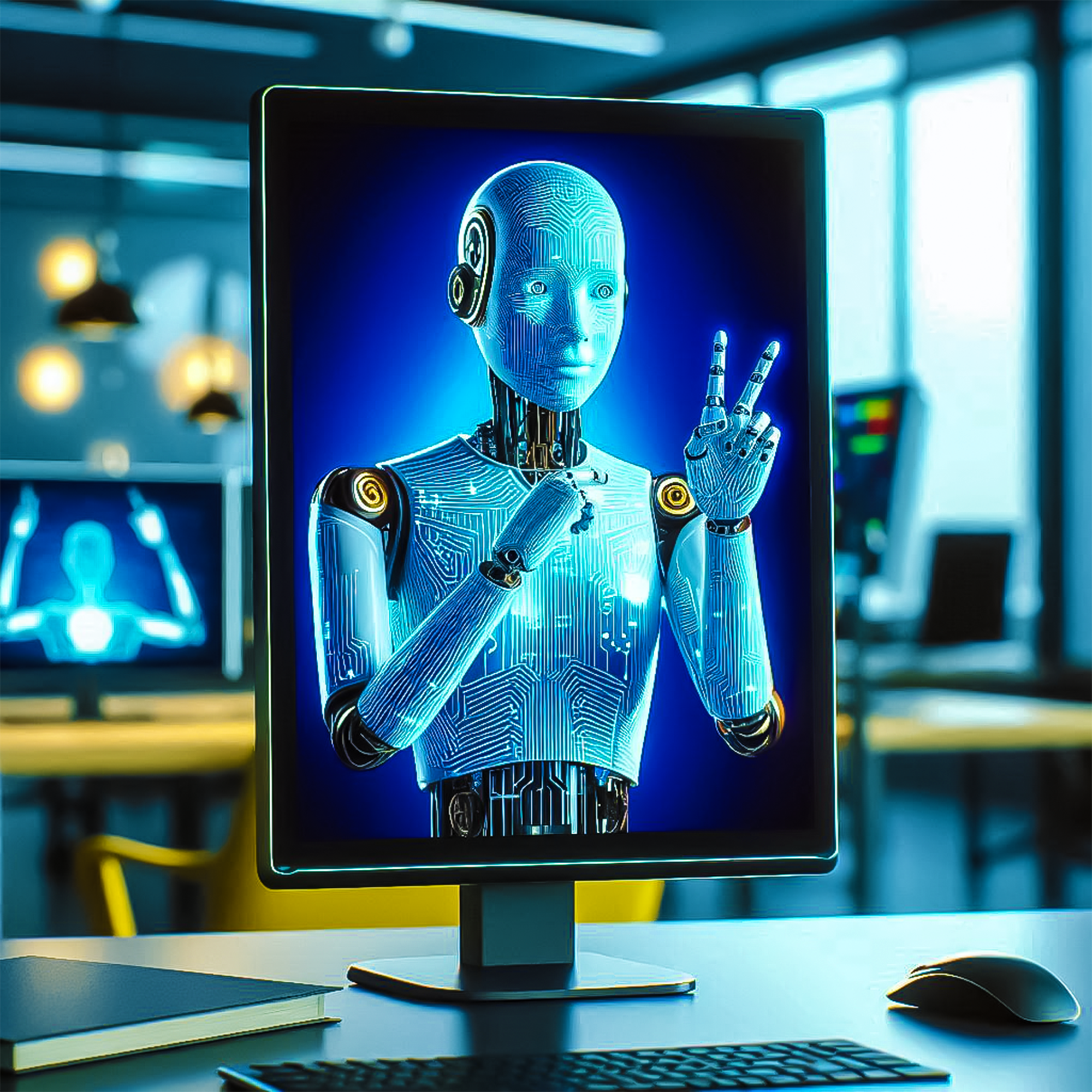AI Translates Text to Sign Language, but Results Often Unclear
Expectation and pitfalls of AI-based sign language translation need to be unpacked according to the impact it can make, especially with applications intended for the deaf community.
One challenge, amongst many, is enabling an intelligible translation of a word or sentence through sign language translation interfaces. This article discusses the state-of-the-art in sign language translation, the difficulties that lie along the way, and the impact chances it can hold for the deaf and hard-of-hearing community.
AI Sign Language Translation
AI translation involves the use of machine learning algorithms to convert any form of a written or spoken language into another form; in this context: sign language. This type of processing demands an in-depth understanding of the linguistic structure and the cultural variation to generate accurate and meaningful translations.
A Challenge in Sign Language
Sign language, therefore, is not merely a translation of spoken language; it stands independently and features its own grammatical and syntactic rules in regional variations. This has to be what gives AI systems their greatest difficulties, as they need to be trained in this complexity and then to interpret and reproduce subtleties of gesture, facial expressions, and body language.
The Promise of AI in Sign Language Translation
Bridging Communication Gaps
AI-enabled sign language translation could bring a supplement to working between a talker and signer, hence bridging the communication gap between the hearing world and the deaf community. This can lead to possible inclusive interactions in educational, medical, and hospitality situations, as well as all possible service provisions, right from customer care to any of the interaction on social media.
AI-driven sign language translation is making it possible for students to have access to real-time translation for many educational materials and lectures. On the level of accessibility, it furthers web usability as most digital content on websites, videos, and apps become inclusive.
Another issue is whether the translations are accurate and intelligible. AI systems cannot usually incorporate the cultural or idiomatic nuances of sign language during translation, which makes the translations quite puzzling and hard to follow. Indeed, explanations of idiomatic expressions, cultural pointers, or complicated sentences just make this more painful.
Data Challenges
Training AI systems requires vast datasets of accurately labeled sign language videos, but these datasets do not exist, which hampers the development of robust AI translation systems. This issue is further exacerbated by a shortage of data that can truly make results generalizable and representative.
Context is an important contribution to meaning in sign languages, something that the AI systems of today usually do not understand. For example, a single sign can have several interpretations of absolutely different meanings based on the context, and this creates one more challenge: working with AI.

Current Solutions and Innovations
Improved Algorithms and Models
Researchers are also on the way to continuing improving AI algorithms and models for much better accuracy with which sign language can be translated. That includes complex neural networks and advanced natural language processing techniques.
Engagement with the Deaf Community
This section will subsequently describe the important process of engaging a test group from the community of the deaf at large, seeing that these individuals will not possess the ability to hear, meaning that their feedback and input would be vital to the continued improvement of this technology and its adaptation to their needs and preferences.
Hybrid Models
Merging AI with human expertise can potentially increase the reliability of sign language translations. To bring this about, for instance, AI can be put into use in doing some translation work that then can be checked by human experts in sign language.
Future of AI in Sign Language Translation
Research and Development
Continuing research and development in AI sign language translation will be what overcomes some of the limitations at present. Researchers are collaborating to create more accurate and intelligible sign translation systems by leveraging advances in machine learning, computer vision, and natural language processing.
Expanding access
With the advancement and enhancement soon to be realized in AI technology, the implementation of this in translation for sign languages will probably become more vivid and profound, developing innumerable aspects of everyday life for the deaf and hard-of-hearing community, gaining access to everything from watching a movie to attending a conference, using public services, or taking part in social activities.
Conclusion
While the potential for AI in being able to translate sign languages is likely to revolutionize this field, there will be major challenges to grapple with. Current systems all too frequently give incoherent translations and clarify the importance of constant research and community contribution. With these issues in mind, AI could pivotally contribute to an all-inclusive future for the deaf and hard of hearing.
Stay tuned as we examine the landscape of AI-based advances, evolving rapidly to shape the way we communicate and access information.
— Professor Mark Davis

Effective sign language translation by AI requires
a deep understanding of cultural and contextual
nuances, which remains a significant
challenge.




